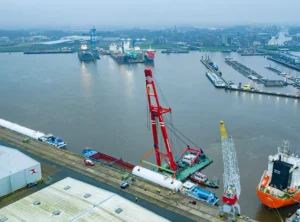Europe is not building enough wind farms, with slow and complex permitting processes remaining a major obstacle, according to WindEurope. While the EU introduced new permitting rules under the Renewable Energy Directive, most national governments have yet to implement them correctly, despite a July 2024 deadline. As a result, the European Commission has initiated infringement procedures against non-compliant countries.
Germany has made significant progress, permitting 15 GW of new onshore wind farms in 2025—seven times more than five years ago. The implementation of Overriding Public Interest (OPI) provisions has reduced legal disputes and given authorities more confidence in approving projects.
Other countries, however, are misapplying the EU’s new permitting rules, complicating the process instead of streamlining it. A key issue is the designation of Renewables Acceleration Areas, which was meant to facilitate development but has instead restricted available land even further. Some governments are dedicating resources to mapping areas that lack grid connections or suitable wind conditions instead of focusing on project approvals.
Although some countries have incorporated OPI into their national laws, their courts are not consistently applying it, leading to continued permitting delays. WindEurope suggests the EU Commission provide further guidance and encourage judicial cooperation to ensure proper implementation.
Governments were required to establish one-stop permitting shops by 2021 and must fully digitalise permitting processes by November 2025 under the latest directive. WindEurope highlights existing digital tools like EasyPermits as a solution to improve efficiency and reduce costs.
WindEurope CEO Giles Dickson urges action: “Governments must implement EU rules. Germany has shown that simple legal changes can unlock wind energy growth without extra costs. Digitalising permitting will only make the process more efficient.”






